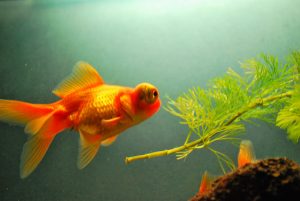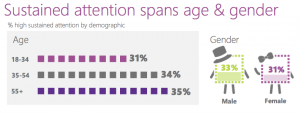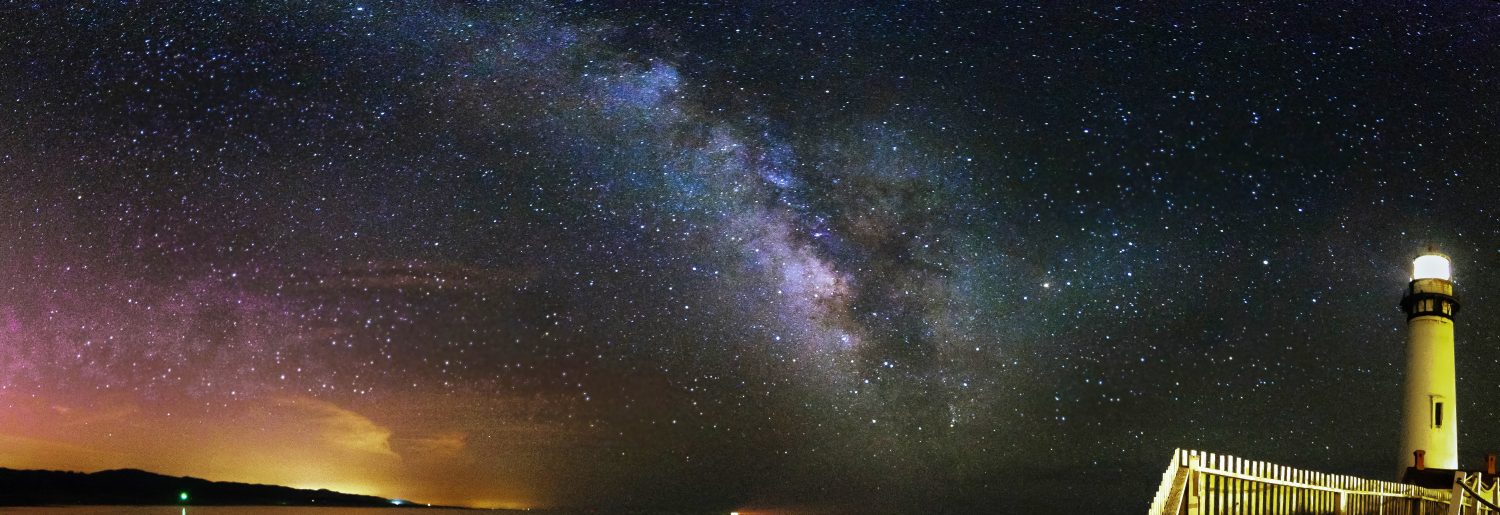
According to Microsoft research report, user attention span since the adoption of mobile technologies has fallen so low that even a goldfish can keep its thoughts for longer. In numbers, from 12 seconds to 8s!
Researchers in Canada studied electroencephalograms (112 participants) along with quantitive surveys (2000 participants) data to produce those controversial results:

The Web has enabled multitasking and provided a vast amount of information sources but changed the way users interact with the digital world: web consumers find it hard to focus on resources and content that demand prolonged concentration time.
Whether those controversial figures are accurate or not, the main point is evident: consumers interact with technologies differently than a decade ago. Mobile phones, broad connectivity, social networks, and network effects changed the framework of user interaction for all web platforms.
All industries have to accept new rules of the game, and the travel industry as much as any other commercial sector. Relevant to our project is the article by National Geographic. It claims that Instagram significantly influences travel decision making. The concept of photo sharing on mobile devices is a fast and convenient way to hold that attention span and provide maximum content in a compressed format. Also, as a social network it has its important influencers, nodes with a high degree of centrality, thus, for example, an inspiring picture of Eyjafjallajökull volcano in Iceland by a user with +5K followers can attract considerable crowds to the real site.

The practice of sharing inspiring travel content and online booking systems mean that you can easily choose and then reach any destination in a couple of clicks. Many tourist boards in countries like New Zealand, Australia, Norway have been using that phenomenon for their benefit. Inviting trendsetters to come and share their experience with the followers has been proven as a positive revenue model. For example, the town of Wanaka, New Zealand, in 2015, has gained a 14 percent increase in tourism by such practice.
Indeed, some controversial issues such as trendsetting versus conservation policy or basic safety precautions (Instagrammers risk their lives to get a great shot) have been at discourse. Nevertheless, it is clearly all about reaching the right balance between finding inspiration for travel destinations and mindlessly following some other person’s life.
So what does it mean for our App?
First, it is important to point out that our business philosophy aims at making young people happy and keeping them safe. Initially, we are aiming for a social benefit as our priority with future potential in monetization by partnering with trusted online booking service platforms. That is why we will connect our audience with trustworthy advice from people like them who have already experienced traveling at a particular site. We provide a platform for sharing ideas, advice, and inspirations. The Microsoft article points out some useful guidelines for marketers of digital products: to make your brand personal and transmit clear consumer value. That said, our team ensures we can answer such questions through the project’s lifecycle: how can we make our consumer’s life better, how can we satisfy their needs and concerns, and is our product relevant to their problems?
Second, our target audience is early adopters, heavy social media users. They use their attention more efficiently by quickly detecting which sources are worth it and which are not. They have an ability to multi-screen and parallel tasks, so the important question is not “how has the attention span changed in seconds?”, but more of “how can you grab the attention of a potential user for those 8 seconds?”. Do you concentrate on unique content, some innovative idea, creative environment, the presence of influencers?
The answer is, all of the above.
Keep it simple, clear, relevant, creative – that is our motto.
